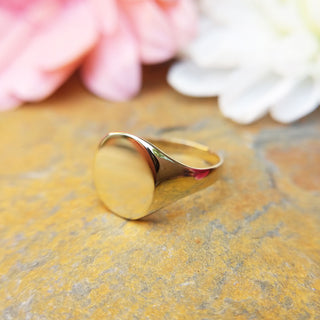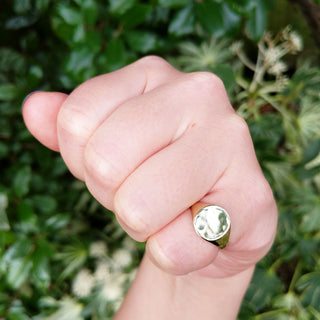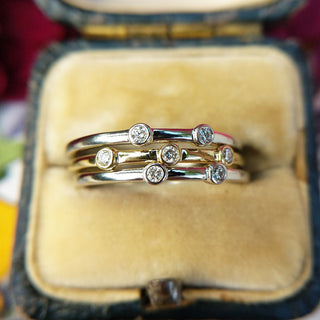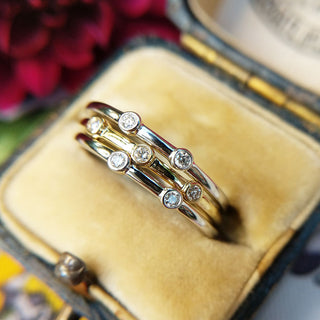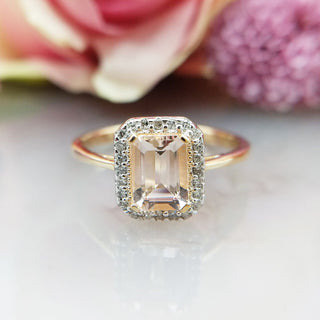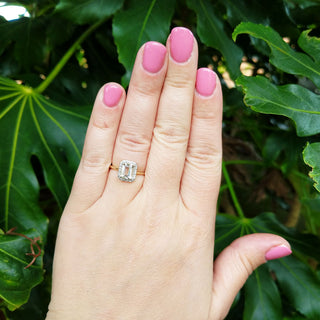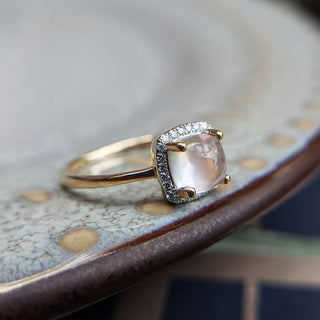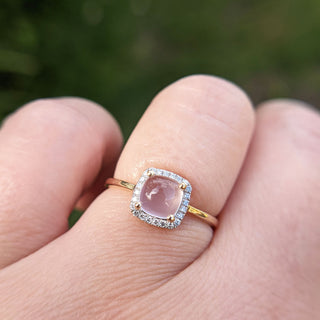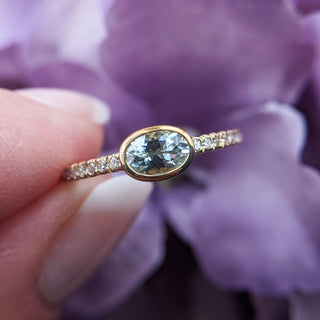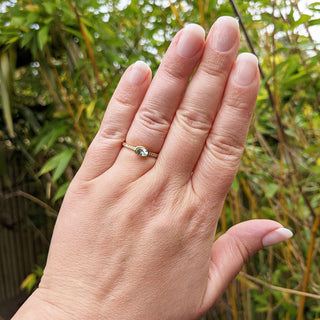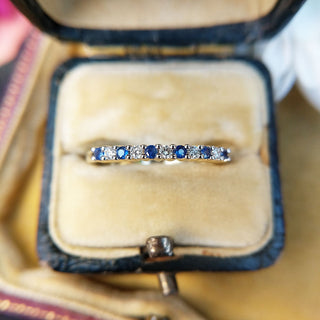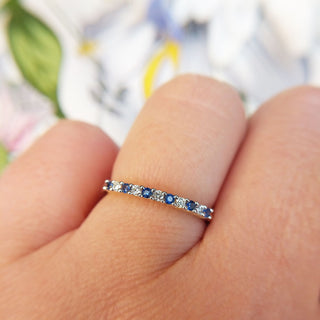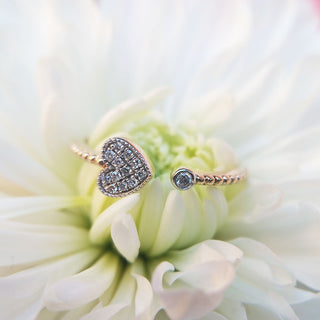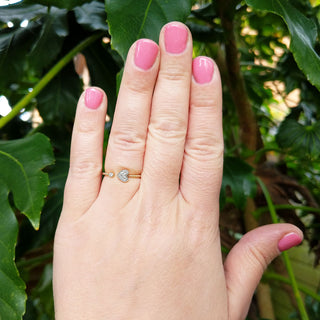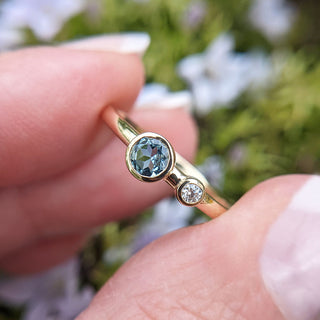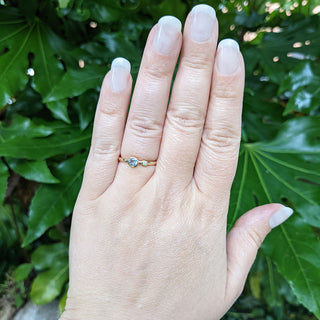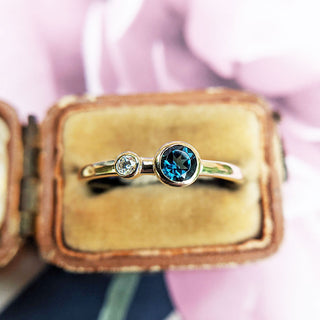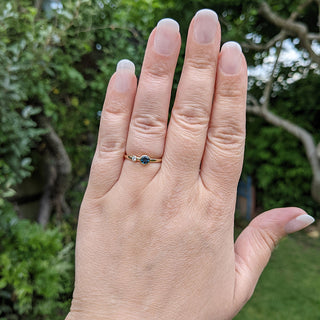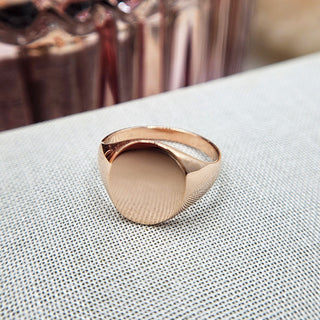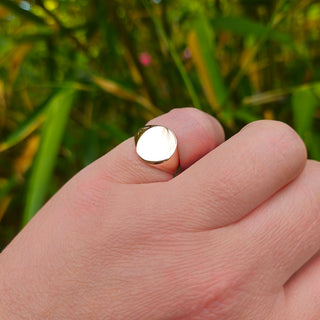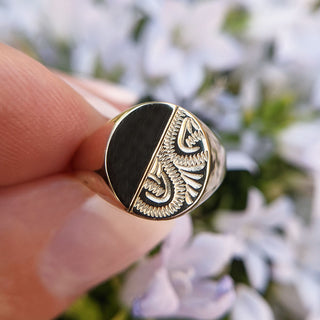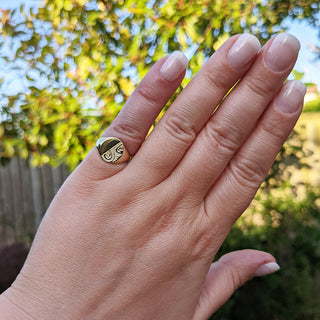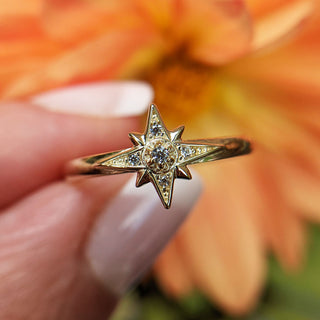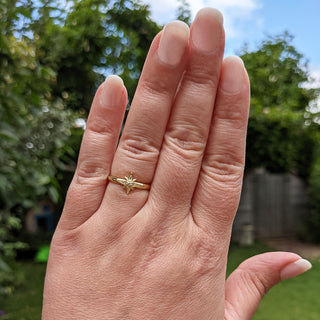Unusual Engagement Rings
History of the Engagement Ring
Engagement rings, emblems of devotion and affection, boast a fascinating lineage tracing back to ancient Egypt. Here, the ring's circular shape was seen as an emblem of eternity, while its hollow center was considered a portal. The tradition of wearing this emblematic piece on the left hand's ring finger stems from an ancient belief in a vein, "Vena Amoris," running directly from this finger to the heart.
This custom evolved significantly in 1477 with Archduke Maximilian of Austria's unique gesture of resenting a diamond ring to Mary of Burgundy, sparking a trend among Europe's elite. During the Victorian era, the designs diversified, incorporating other gemstones, pearls, and enamels. The late 19th century saw a surge in diamond ring popularity, driven by substantial diamond discoveries in South Africa.
The 20th century marked a transformative era for engagement ring styles, influenced by fashion trends, cultural shifts, and advancements in gemstone crafting. The Art Deco era (1920s-30s) introduced geometric patterns and a preference for platinum. The post-World War II period witnessed an explosion in diamond ring demand, propelled in part by De Beers' iconic slogan "A Diamond is Forever."
In contemporary times, the array of engagement ring styles is vast. The classic solitaire, with its singular diamond, maintains its ageless appeal. Halo rings, encircling a central diamond with smaller stones, offer a blend of sparkle and a nod to vintage aesthetics. Bezel settings and combinations of different metals cater to those with a penchant for modern designs. The three-stone ring, symbolizing a couple's past, present, and future, is another popular choice.
From the simple gold bands of antiquity to today's dazzling diamond-studded creations, engagement rings have undergone a remarkable evolution. Yet, their core symbolism as a testament to enduring love and commitment has remained unchanged, transcending changing times and trends.
Diamond Solitaire Engagement Rings
A single gemstone - often but not always a diamond - set into a precious metal band, usually gold or platinum, but occasionally silver. Solitaire rings are simplistic in style, designed to let the gemstone do the talking. Diamonds, especially good quality ones, remain incredibly expensive and sought after. The more budget conscious purchaser may wish to opt for a synthetic moissanite or even a cubic zirconia, rather than a poor quality diamond. These two stones have a hell of a lot of sparkle and to the untrained eye, it's hard to tell the difference. That said, a good quality diamond is an heirloom item and a total joy to
receive and wear.
Toi et Moi Engagement Rings
The 'toi et moi' ring is a term derived from the French words for 'you and me'. Characterised by its distinctive two stone design, this ring style is steeped in romance and symbolism.The concept behind the 'toi et moi' ring is deeply rooted in the notion of two lives becoming entwined. Each stone, unique in its own right, represents one half of a partnership, coming together in a harmonious balance much like theindividuals in a relationship. The design is not only a visual representation of unity but also a metaphor for the beauty and strength derived from two distinct elements joining forces.
Historically, the 'toi et moi' ring gained prominence when Napoleon Bonaparte presented one to Josephine de Beauharnais as an engagement ring. This ring, featuring a sapphire and a diamond, set the standard for this style's enduring appeal. The juxtaposition of different gemstones in these rings often serves to enhance their individual beauty, much like the complementary nature of a partnership.
Over the years, the 'toi et moi' design has evolved, embracing various styles and gemstone combinations, yet the underlying symbolism remains unchanged. From classic diamonds to colored gemstones, each pairing tells a unique story of love and togetherness. These rings are not just pieces of jewellery; they are embodiments of personal narratives and shared journeys.
Trilogy Engagement Rings
Three stone rings have been rowing in popularity as engagement rings since Prince Harry proposed to Meghan Markle. Her ring, of course, featured incredibly expensive diamonds, which may or may not be in your budget! Super alternatives to diamond, especially for that larger centre stone include sapphire, ruby, aquamarine, morganite, topaz, or man made stones such as synthetic sapphire, synthetic ruby, synthetic moissanite or cubic zirconia.
Cluster Engagement Rings
Cluster rings make lovely engagement rings, and tend to feature a colourful centre stone surrounded by a halo of colourless stones. The classic engagement cluster ring is central blue sapphire surrounded by a halo of and diamonds, though other central stones including rubies, emeralds, aquamarine and topaz remain popular.
Emerald Engagement Rings
We find emeralds a very popular choice when it comes to engagement rings, and it's no wonder, since emerald are without a doubt of the most beautiful gemstones produced in nature and they have been coveted by humans for time immemorial. Emeralds are more brittle than diamonds, rubies and sapphires, so extra care does need to be taken when wearing them to prevent them getting bashed and broken. But for the careful lady owner, emeralds make for show stopping engagement rings.
Belt Buckle Rings
Gold and silver buckle rings, originating in the Victorian era, symbolise binding love and eternal loyalty, akin to a belt's clasp. These rings, fashionable in both gold and silver, reflected the era's interest in meaningful jewellery. More than fashion items, the buckle ring served as a token of affection or friendship, imbued with deep personal sentiments. Their popularity, significant in Victorian times, has been revived by vintage jewellery enthusiasts for their historical and unique style, connecting modern wearers to a romantic and refined past.

